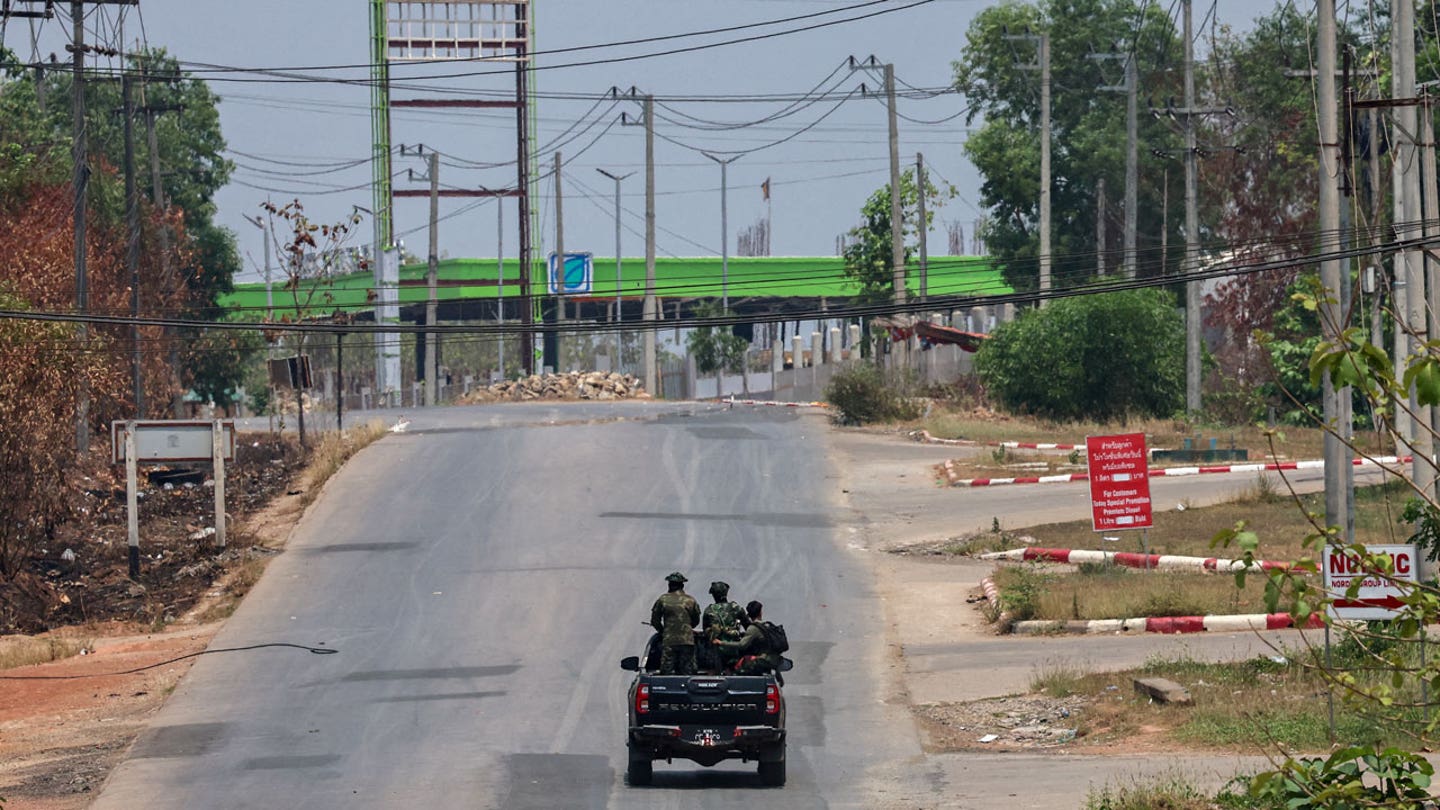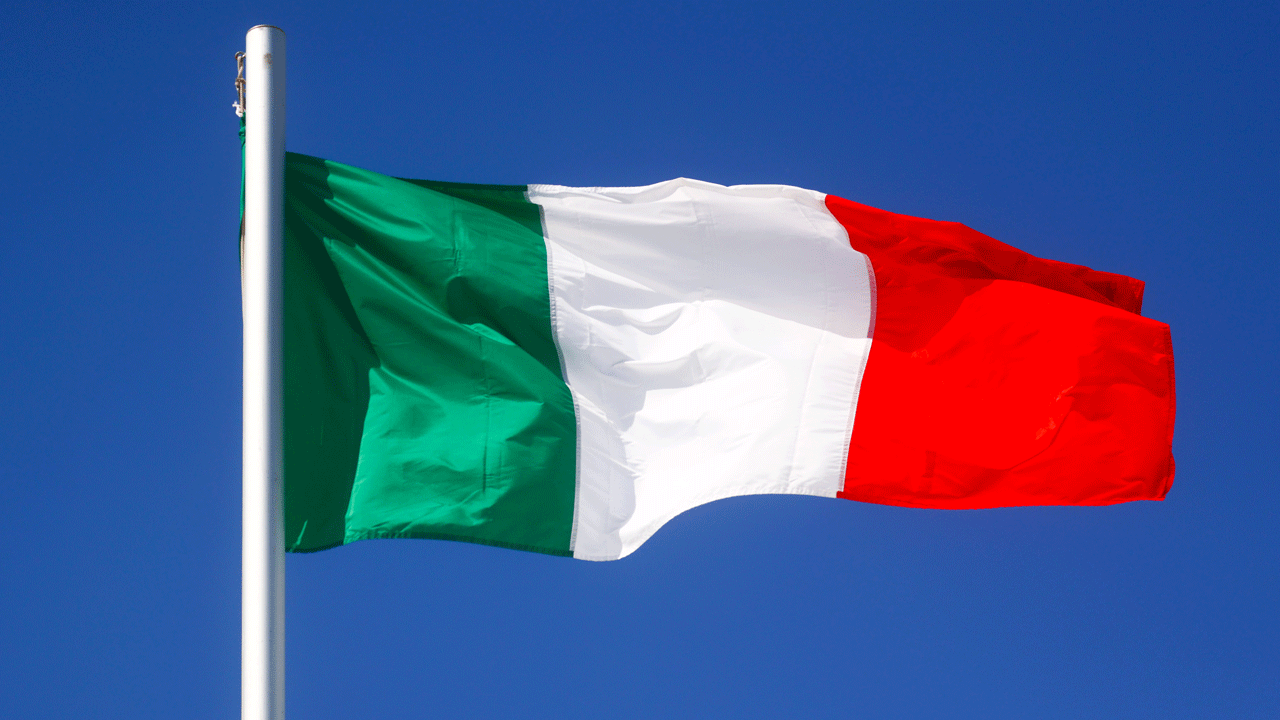Fighting rages in Burma's southeastern Dawna Hills, where ethnic rebels are battling to prevent a military junta from reclaiming the strategic trading outpost of Myawaddy. Amidst the monsoon season, control of Myawaddy and other vital locations will determine the conflict's next phase.

In the dense jungles of Burma's Dawna Hills, a fierce clash is unfolding between ethnic rebels and the ruling junta, who are determined to regain control of the critical trading outpost of Myawaddy. The outcome of this battle, along with other strategic locations across the country, will shape the fate of the three-year-long bloody conflict and the junta's grip on power.
Since the military coup in February 2021, Burma has descended into chaos, sparking an armed resistance movement that has joined forces with ethnic minority rebel groups. The junta, reeling from battlefield defeats and a crippled economy, faces a pivotal moment as the monsoon season approaches, bringing with it challenges to its air power advantage.

Vital trade and military outposts, including Myawaddy, the Rakhine region, and areas along the borders with China and Thailand, hang in the balance. Experts believe the junta will prioritize retaking or holding onto these territories before the rains arrive, while rebels aim to maintain their momentum.
The Karen National Liberation Army (KNLA), one of Burma's oldest ethnic armies, initially seized Myawaddy, a conduit for over $1 billion in annual border trade. However, the junta has launched a counter-offensive to reclaim the town, with more than 1,000 troops advancing towards Myawaddy. Fierce fighting ensues, as the KNLA attempts to hold back the assault.
Similarly, in the western Rakhine region, the junta battles the Arakan Army, which seeks control of Ann, a regional military headquarters. The Burma-China Gas Pipeline also runs through Ann, making it a strategic prize for the junta.
The monsoon season will complicate military operations, grounding air power and making helicopter operations more hazardous. This could benefit the resistance forces, who have gained momentum from recent victories. However, they face challenges in coordinating efforts among diverse ethnic armies and grassroots resistance groups.
Analysts predict that the junta may lose control of major borderlands within the next six months, as they grapple with resource limitations and prioritize key areas. Military defections have further weakened the junta, leading to collapsing morale due to shortages of supplies.
Despite these setbacks, the junta still possesses significant firepower and retains control of central lowland regions. Even with the monsoon season's advantages, experts believe the conflict could drag on, as the junta mounts a robust defense and the resistance lacks adequate coordination.
Burma's shadow National Unity Government spokesman, Kyaw Zaw, emphasizes that the junta only holds sway over major cities, facing threats even there. The outcome of the Myawaddy battle and other strategic locations will ultimately determine whether the junta can weather the storm or succumb to the growing resistance movement that threatens its grip on power.










